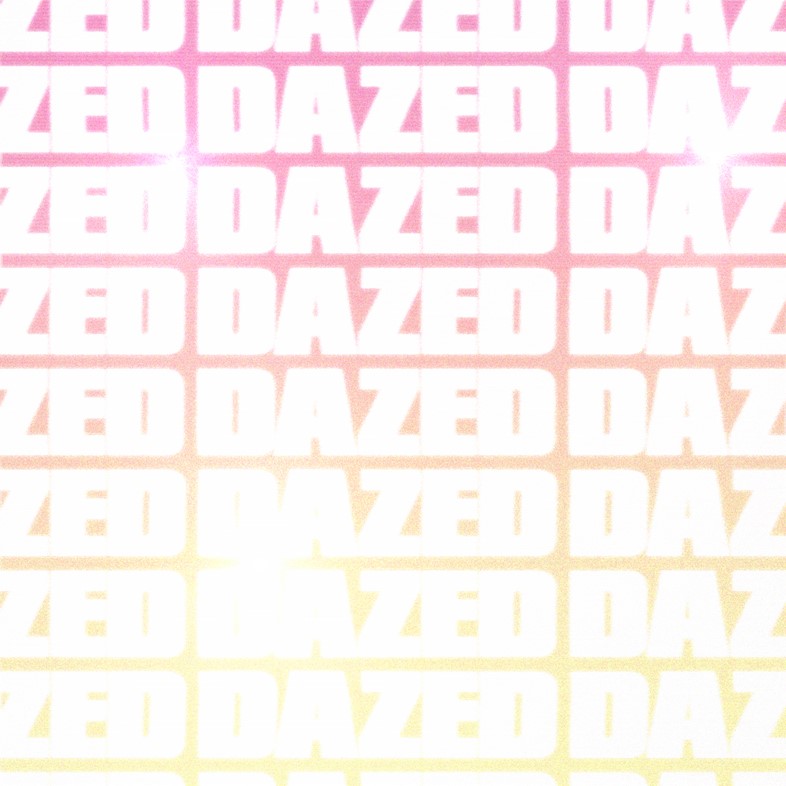‘I just deleted it all, rather than waste another second on a site that seemingly had no respect for its core users’
For years, DeviantArt occupied a rare space in the social networking landscape. Unlike Twitter, and Facebook, and Instagram, DeviantArt users (AKA deviants) didn’t develop a seething hatred for the site that only grew with every second they spent in its clutches. In fact, they kind of liked it. Imagine!
The goodwill toward DeviantArt has a lot to do with the fact that, for many years, it stayed relatively true to its original purpose: enabling artists to upload and share their art with the world, whether that’s picturesque landscapes or portrait commissions, or anime fan comics and borderline furry porn. Earlier this month, though, DeviantArt seemingly turned its back on the vast majority of its loyal community, when it introduced DreamUp, an “image generation tool” driven by the deep learning model Stable Diffusion, and fed with the work of millions of real-life artists.
Why is this such a problem? Maybe you haven’t been keeping up with the raging debate about AI image generators. Their supporters suggest that software such as DreamUP – or DALL-E 2, Imagen, or the many other alternatives – is simply a new tool, which will require artists to adapt their working methods but eventually open up new creative avenues. Critics, however, say that AI art will decimate their job prospects and communities, as it offers cheaper and faster work than any human, churning out endless artworks based on text prompts.
Unsurprisingly, DeviantArt’s DreamUp announcement falls in the former camp. “Whether generating an idea for inspiration, creating rough concept art before pouring hours into a final creation, or generating backgrounds and textures,” it reads, “conversations with deviants have uncovered tons of creative ways artists are finding to integrate AI art in their workflow.”
Despite this, there has been significant backlash from the community. Pete*, a freelance digital artist who has worked on comics, games, and corporate projects, tells Dazed that he was “surprised, betrayed, and disappointed” when DeviantArt first announced DreamUp. “It’s hard to feel anything but let down when DeviantArt, a site that wouldn’t exist without 20+ years of support and uploads from visual artists, is suddenly diving enthusiastically into AI art generating tools,” he adds.
To add insult to injury, Stable Diffusion – and therefore DreamUp – is trained on a LAION dataset that has scraped billions of images from across the internet. This includes work by many of the artists on DeviantArt, essentially meaning that their art and unpaid labour is being used against them. “We weren’t asked for consent,” Pete says.
In fact, DeviantArt has backtracked slightly on its original announcement, following the uproar from its community: originally requiring artists to opt-out of the new programme manually, it now marks them as opted-out by default. However, many artists point out that this change is “meaningless”.
Update: We heard the community feedback, and now ALL deviations are automatically labeled as NOT authorized for use in AI datasets. https://t.co/QnTPc3TA8apic.twitter.com/pnQVgIsFkA
— DeviantArt (@DeviantArt) November 12, 2022
“This system is basically just a tag, and is supposed to be used as proof that we declared that we do not consent to our work being used in AI databases,” says the LA-based illustrator Megan Ruiz. “It is simply a declaration and nothing else. It does not prevent anyone from using our work to train an AI model. Even if a lawsuit between artists and an AI Company were to happen, our inherent copyright is much more of an argument than DeviantArt's tag.”
Pete agrees that the opt-in system is nothing more than a “hollow gesture” designed to appease outraged artists. “Their handling of this whole saga eroded any trust that I, or many of my peers, had left in them,” he adds. In fact, a wave of artists have completely deleted their DeviantArt accounts in protest, including Pete. “Years of my work, the most whole visual representation of my development from teenage scribblings to my current level... I just deleted it all rather than waste another second on a site that seemingly had no respect for its core users,” he says. “I have no intention of going back.”
The changes have also cast doubt on Megan’s future with the platform. “I am highly considering deleting my account, despite a previously good relationship with the company,” she explains. “My finger is on the trigger. The only reason I have yet to delete the account is because I want the company to do better. But I fear that they will not roll back their decision.”
With DreamUp, DeviantArt’s new AI art generator, you can create images of nearly anything you can DreamUp from a prompt you craft. Join the challenge to dream up your very own llama! Here are a few to get you started. Tag us in yours! #DreamUpLlamaspic.twitter.com/Bxtb73cU7N
— DeviantArt (@DeviantArt) November 11, 2022
If there’s one good take-away from this controversy, it’s that it has stirred up conversation about artists’ rights in the face of new technologies like DreamUp, and has proven that artists are willing to stand up and take risks to propose a new way forward. “There is absolutely an ethical way to utilise this technology,” Megan says. “It is possible to create an ethical database, with licensed images and text. The reason this isn’t happening right now is because it isn’t profitable, but it is profitable to steal copyrighted work.”
“There are absolutely uses for AI art,” Pete agrees, noting that artists are “inherently forward thinking” when it comes to integrating new technology into their work. “The issue is the ferocious speed that all new tech fads reach, ethics be damned.”
*Name has been changed to deter “trolls and AI evangelists”




